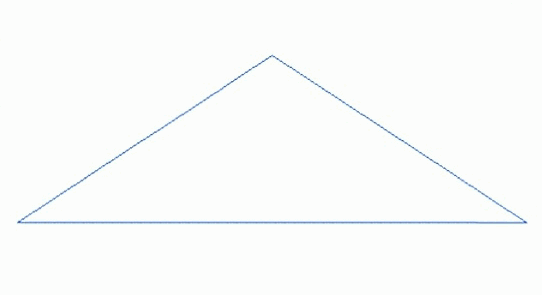A fractal is generally "a rough or fragmented geometric shape that can be subdivided in parts, each of which is (at least approximately) a reduced-size copy of the whole.
Some characteristics of a fractal curve are:
- It is self-similar that is a small part of the fractal is of the same shape as the fractal itself.
- It has a simple and recursive definition though the actual effort to arrive at the definition far overcomes the simplicity.
- It cannot normally be defined in Euclidean terms.
The term “fractal” was coined by Benoît Mandelbrot in 1975 though the thought process on fractals started way back. There are many fractals known to man – sierpinski triangle, koch curve to name a couple.

To create a Koch snowflake, start with an equilateral triangle and replace the middle third of every line segment with a pair of line segments that form an equilateral "bump." Then perform the same replacement on every line segment of the resulting shape, ad infinitum. With every iteration, the perimeter of this shape grows by 4/3rds. The Koch snowflake is the result of an infinite number of these iterations, and has an infinite length, while its area remains finite. For this reason, the Koch snowflake and similar constructions were sometimes called "monster curves." – wikipedia.
Nature is abounding with fractals. Clouds, mountains, coastlines and snowflakes are some examples of fractals.

Micheal crichton’s “Jurassic park” mentions fractals. There is a conversation between Ian Malcolm and Alan Grant where Malcolm explains what fractals are to Grant. He mentions the example of mountains to explain and likens fractals to life.
“Mandelbrot found a sameness from the smallest to the largest. And this sameness of scale also occurs for events.” – Jurassic Park, Michael Crichton.
3 comments:
I have neither read jurrasic park nor heard abt fractals.. so this is completely new to me..Anyways will remember this info :)
good!!!!! :)
wow sridhar. u are my best buddy :)
Post a Comment